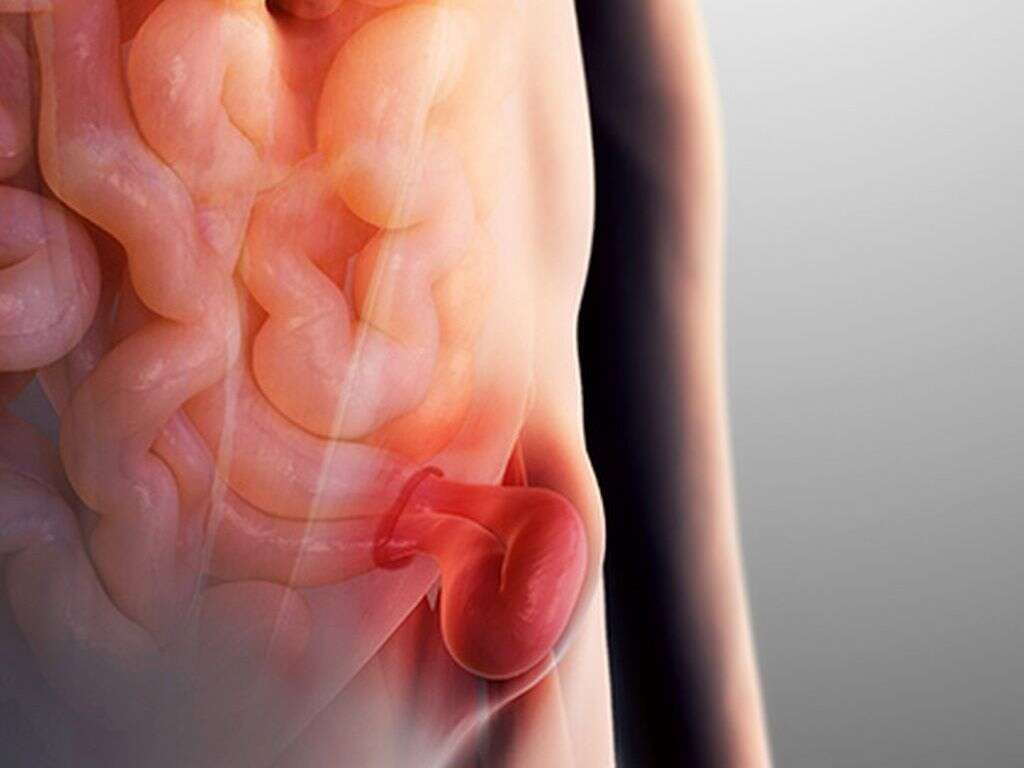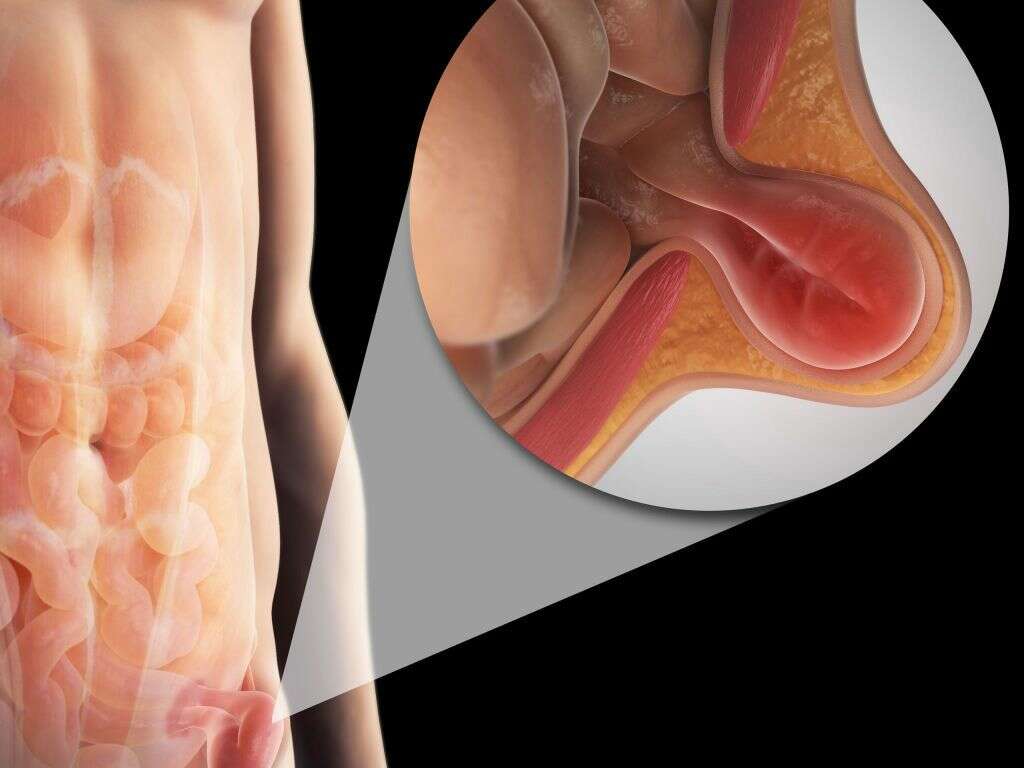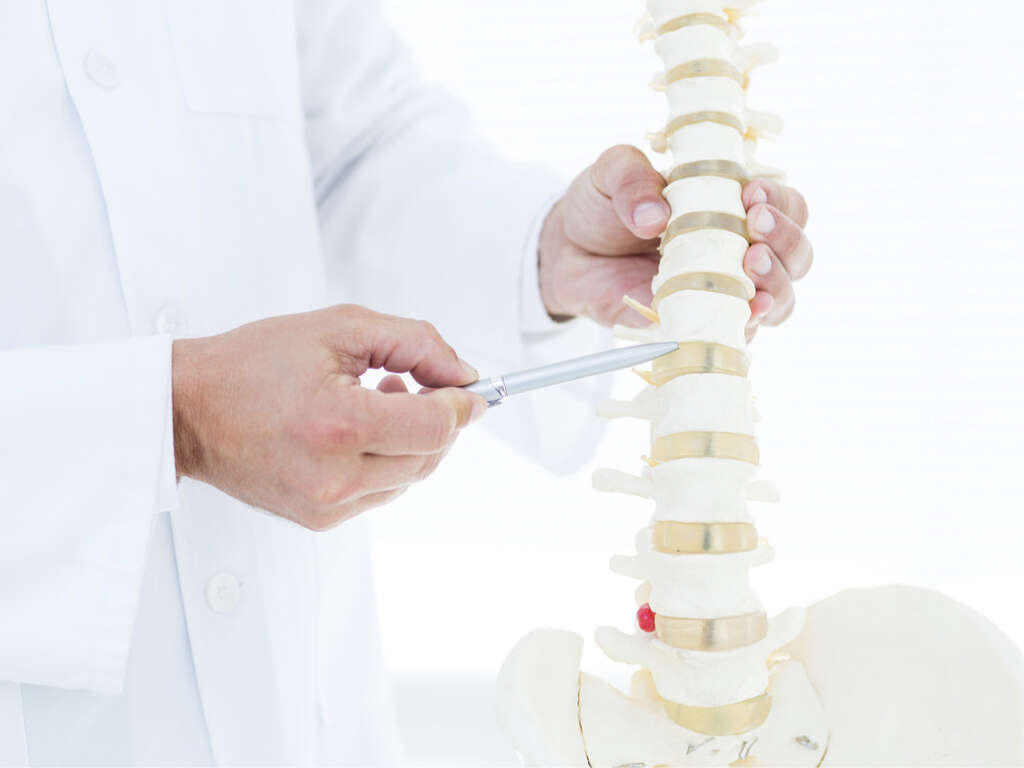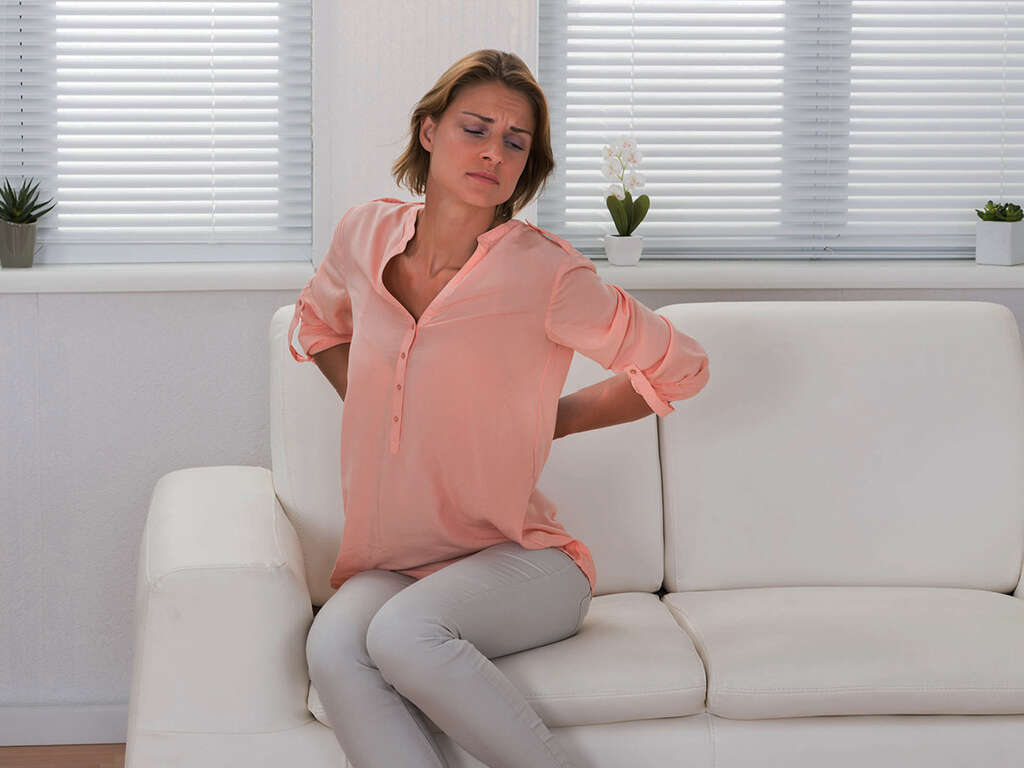10 Causes of Lower Back Pain
Lower back pain is one of the commonest problems in the United States. In fact, back pain is the leading cause of disabilities in people who are younger than forty-five years old, and if it’s not treated, then it tends to get more severe as people get older.
Back pain has many causes; fortunately, a lot of them are not very serious. Some people simply pull their back out when they’re overexerting themselves. Others may just need to stretch more. That said, there are many serious causes of back pain. Depending on the frequency and severity of the back pain, it may require medical attention. Listed below are ten of the commonest causes of lower back pain.
Cause #1: Herniated Discs
A herniated disc is a condition in which the soft tissue in the discs between the joints of the back pops out. Herniated discs compress the nerves, which causes pain in the lower back or the hips. The pain can range from mild to severe depending on the intensity of the herniation.
Herniated discs can occur because of simple wear and tear. They are much more common in people who have physically demanding jobs and don’t get enough time to rest or who don’t get the proper nutrition. People who engage in competitive sports or weight lifting are also prone to herniated discs due to injuries.
Cause #2: Muscle Injuries
There are several muscles in the lower back. Many people aren’t aware of how to use or train these muscles, and for that reason, it can be easy for some people to injure them. In fact, this is the main cause of lower back pain.
Back pain due to a muscle injury is likely to be more spread out, and it is often felt in the muscles around the spine. Muscle spasms may also occur.

Cause #3: Sciatica
Sciatica isn’t a single symptom. Rather, it encompasses a number of symptoms. Pressure on the lumbar nerves can cause pain in the sciatic nerve, so anything that puts pressure on one or more of the lumbar nerves in the lower back can be considered sciatica.
Many conditions, such as herniated discs, degenerative disc disease, or other problems with the alignment of the vertebrae, can contribute to sciatica.
Cause #4: Stress
One’s state of mind can contribute to or take away from one’s physical health. A common example of this is stress, which can lead to illness and discomfort. In fact, modern research shows that the fear of pain can actually cause more pain.
Stress causes the muscles on the back to contract, which can lead to stiffness and eventually to spasm. Muscles spasms related to stress are a quite common condition.
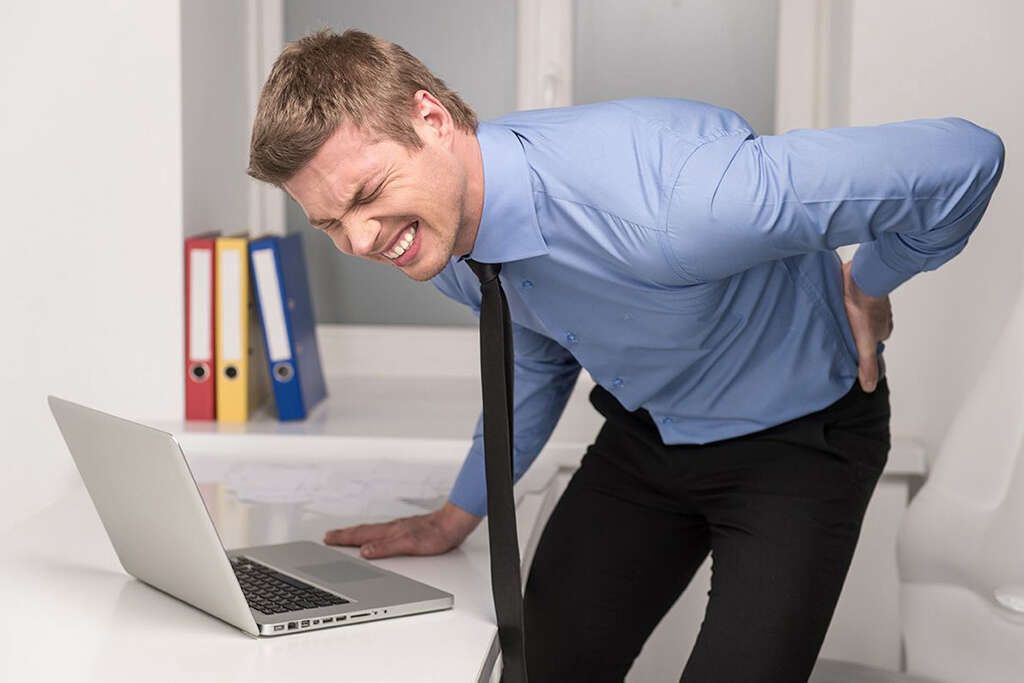
Cause #5: Bulging or Protruding Discs
Bulging or protruding discs are similar to herniated discs but are usually less serious.
People will generally not experience as many symptoms if they have a bulging disc, but the pain is more intense if the disc pushes down on the roots of the nerves.
Cause #6: Degenerative Disc Disease
Degenerative disc disease (DDD) is a condition that occurs when the discs in the spine begin to degenerate. These discs act as shock absorbers that allow people to perform a wide range of motions, such as walking, without squishing the nerves.
If these vertebrae shrink or tear, then the bones may rub together, which can cause pain and discomfort.
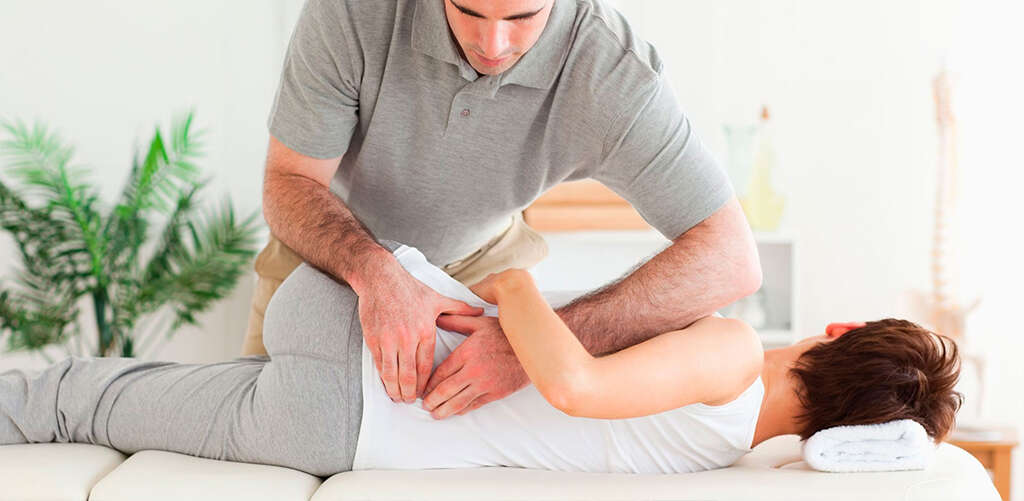
Cause #7: Inflammation of the Sacroiliac Joint
The sacroiliac joint is where the spine and pelvis meet. The joint itself doesn’t move a lot, but it’s still very important because it helps absorb the weight of the upper body as weight transfers to the lower body.
The sacroiliac joint can wear down during intense movement or after an injury. Arthritis also may cause damage to the sacroiliac joint. If the joint is damaged, lower back pain can result.
Cause #8: Spinal Stenosis
Spinal stenosis is a condition that occurs when the spinal canal, the area where the spinal nerves leave the spine, shrinks. As this area narrows, more pressure is placed on the nerves, which can contribute to lower back pain.
This condition is more common among older people. People who are prone to inflammation are also more at risk because the spinal canal shrinks and narrows as their bones and joints swell.
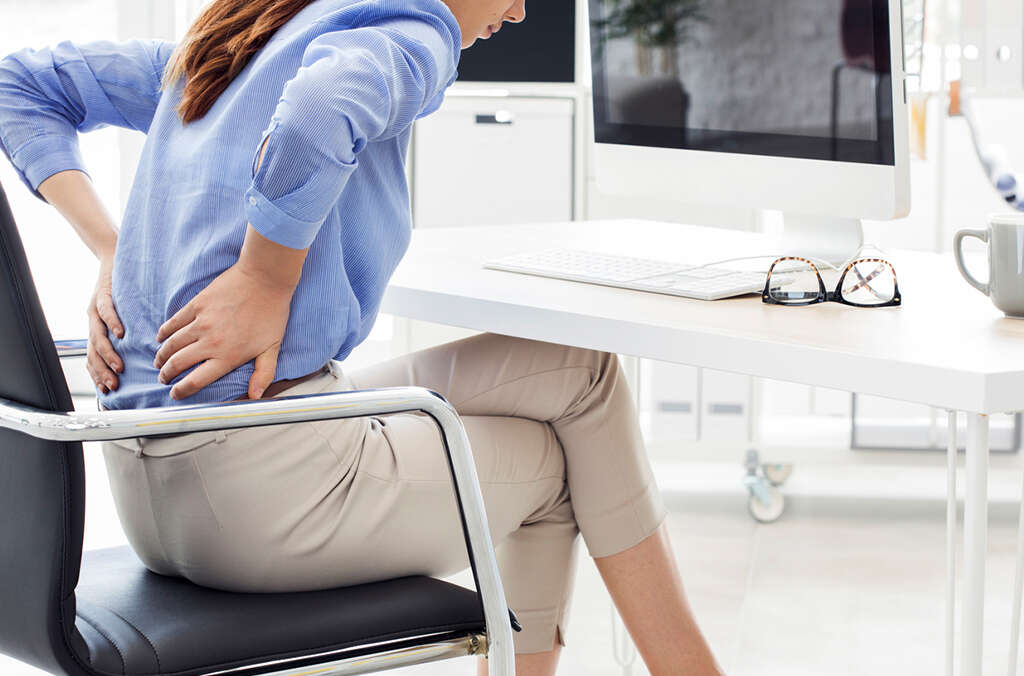
Cause #9: Osteoarthritis
Osteoarthritis is a type of arthritis that can lead to pain, swelling, and discomfort in the joints of the body, including those in the spine. The condition usually emerges as a result of old age and natural degeneration, but it can also occur in people who are nutrient deficient.
As the condition progresses, the cartilage in between the vertebrae will begin to degenerate. This makes the spinal discs a lot more brittle and sensitive. If this happens, lower back pain and discomfort are likely to develop.
Cause #10: Spondylolisthesis
Spondylolisthesis is a condition that occurs when one of the lumbar vertebrae slips over the bone below it. It causes pain in the upper or lower back. Spondylolisthesis sometimes occurs in children, where it usually affects the fifth lowest bone in the spine and the first bone above the sacrum.
This condition is most often caused by birth defects, but it can also be caused by degenerative conditions in adults.



